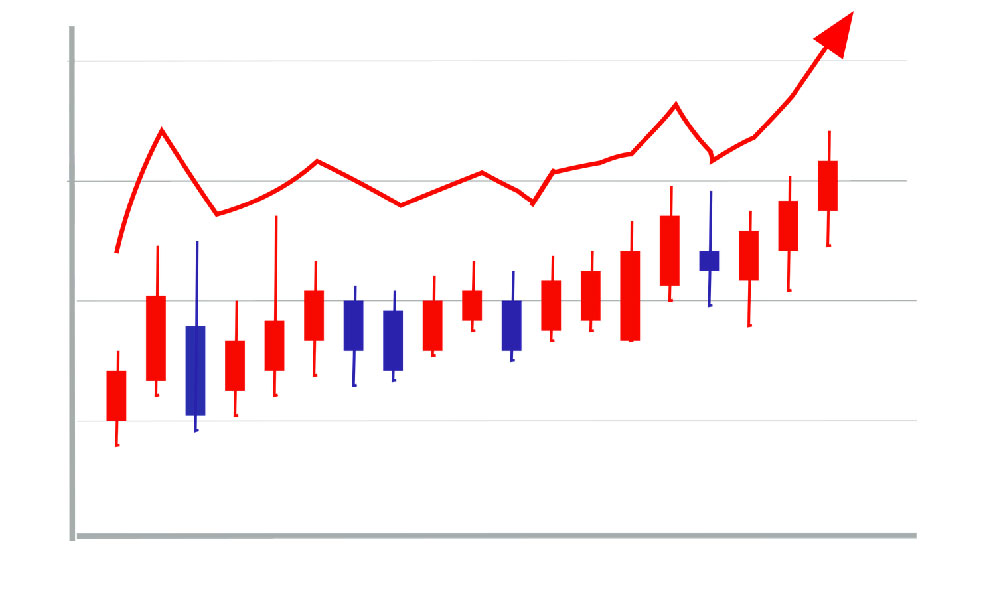How Does Twitch Make Money? What Are Its Revenue Streams?
Twitch, the dominant force in live streaming, particularly for video games, isn't just a cultural phenomenon; it's a complex and sophisticated business generating substantial revenue. Understanding how Twitch makes money requires delving into its multifaceted revenue streams, which range from direct user contributions to large-scale advertising deals. At its core, Twitch operates on a freemium model, offering a basic viewing experience for free while providing enhanced features and exclusive content through subscriptions and other monetization options.
One of the most visible and direct revenue streams for Twitch is subscriptions. Viewers can subscribe to individual channels for a monthly fee, typically ranging from $4.99 to $24.99, with Twitch and the streamer splitting the revenue. This subscription model offers benefits such as ad-free viewing, custom emotes (emoticons), and access to subscriber-only chat rooms, creating a more personalized and engaging experience. The tiered subscription system allows viewers to support their favorite streamers at different levels, contributing to a stable and predictable income stream for both the platform and the content creators. This system fosters a sense of community and exclusivity, incentivizing viewers to become paying subscribers and actively participate in the streamer's ecosystem. The percentage split between Twitch and the streamer varies depending on the streamer's partnership agreement and viewership metrics, with top-tier streamers often receiving a more favorable split.
Beyond subscriptions, Twitch also benefits from donations, often referred to as "bits" or "cheers." Bits are virtual goods that viewers can purchase and use to show support for streamers in the chat. Each bit represents a small monetary contribution, and streamers receive a portion of the revenue generated from bit purchases. The cheering system is integrated directly into the Twitch interface, making it easy for viewers to contribute and for streamers to acknowledge and thank their supporters. This form of micro-transaction allows viewers to contribute even small amounts, fostering a culture of appreciation and support within the Twitch community. The visual representation of bits in the chat, in the form of animated emotes, also adds an element of fun and interactivity to the viewing experience.

Advertising forms another crucial pillar of Twitch's revenue model. Twitch sells advertising space to a wide range of companies, from game developers and hardware manufacturers to food and beverage brands. These advertisements can take various forms, including pre-roll video ads, display ads on the Twitch website, and sponsored content integrated into streams. The effectiveness of Twitch advertising stems from its ability to reach a highly engaged and targeted audience. Viewers on Twitch are typically passionate about gaming, esports, and related content, making them a valuable demographic for advertisers looking to promote relevant products and services. Twitch's data analytics capabilities allow advertisers to target specific demographics and interests, ensuring that their advertisements are shown to the most receptive viewers. The increasing popularity of esports and gaming tournaments on Twitch has further amplified its advertising potential, attracting sponsorships from major brands seeking to associate themselves with the growing esports industry.
Another significant source of income for Twitch is through its partnership program. Streamers who meet certain criteria, such as maintaining a consistent streaming schedule and attracting a significant viewership, can become Twitch partners. Partners receive a variety of benefits, including access to advanced monetization tools, dedicated support from Twitch, and the ability to run advertisements on their channels. In return, Twitch receives a share of the revenue generated by these partners. The partnership program serves as a strong incentive for streamers to invest time and effort into building their communities and creating high-quality content. It also helps Twitch to cultivate a network of talented and dedicated streamers, which in turn attracts more viewers to the platform. The success of Twitch's partnership program is evident in the large number of streamers who have been able to build successful careers on the platform.
Twitch also leverages its platform for e-commerce opportunities. Streamers can promote and sell merchandise, such as clothing, accessories, and gaming peripherals, directly to their viewers. Twitch provides tools and integrations to facilitate these sales, making it easy for streamers to generate revenue from their own branded products. This allows streamers to further monetize their audience and build a stronger brand identity. Viewers, in turn, can support their favorite streamers by purchasing merchandise that reflects their shared interests and affiliation. Twitch also integrates with affiliate marketing programs, allowing streamers to earn a commission on sales of products they recommend to their viewers. This provides another avenue for streamers to generate income and further incentivize them to create engaging and informative content.
Finally, Twitch has expanded its revenue streams beyond gaming, venturing into other content categories such as music, art, and lifestyle. This diversification allows Twitch to attract a broader audience and tap into new revenue opportunities. The platform has invested in developing tools and features that cater to the specific needs of creators in these non-gaming categories. For example, Twitch has partnered with music licensing platforms to provide streamers with access to royalty-free music, making it easier for them to create engaging content without worrying about copyright infringement. The growth of non-gaming content on Twitch demonstrates the platform's ability to adapt and evolve to meet the changing needs of its users. As Twitch continues to expand into new content categories, it is likely to discover even more innovative ways to monetize its platform and support its growing community of creators. The acquisition by Amazon has also provided Twitch with access to additional resources and infrastructure, allowing it to further scale its operations and invest in new technologies. Amazon's expertise in e-commerce and cloud computing has also been invaluable in helping Twitch to develop new monetization strategies and improve the overall user experience. In conclusion, Twitch's success lies in its diversified revenue streams, strong community engagement, and continuous innovation. By offering a variety of monetization options for both the platform and its streamers, Twitch has created a sustainable ecosystem that benefits all participants.














